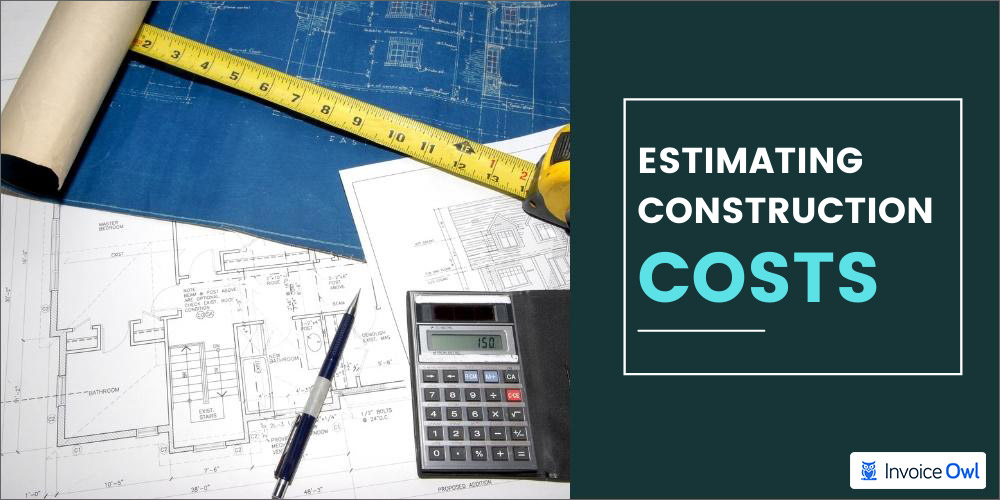How Estimators Shape the Future of Building Construction
How Estimators Shape the Future of Building Construction
Blog Article
In the changing structure that is the industry of building Estimators are becoming key players shaping the future of how buildings are designed and constructed, as well as how they are budgeted and constructed. Their knowledge extends far beyond crunching--they are strategic contributors who influence major decisions from the beginning to the end. As projects grow in complexity, the value of buildings costs estimator becomes even more critical to achieving success.

Estimators must analyze project specifications designs, plans for design, the material requirements and labor needs to generate accurate and realistic cost projections. These estimates are the financial base on which construction plans are built. With their insights the stakeholders can assess project viability, secure financing, and make informed decisions early during the development process.
One of the most significant ways that estimators can influence the future of construction is by promoting financial transparency and accountability. Accurate estimates ensure that budgets are grounded in real-time data, thus reducing the possibility of excessive spending or resource mismanagement. This level of detail also allows project managers to evaluate options, prioritize features, and control costs without compromising quality.
As the industry embraces technological advancements estimation professionals are becoming more technologically adept. Utilizing Building Information Modeling (BIM) and digital takeoff tools, as well as cost estimation software has changed the way they operate. These tools allow for real-time adjustments, collaboration planning, and greater precision in estimating project costs. By integrating the latest technology in their processes, they enhance efficiency in projects and assist teams adapt quickly to the changing environment.
In addition, estimators play an vital role in ensuring sustainability. Through analyzing the long-term cost of materials, energy usage, and maintenance and guiding design decisions that lead to environmentally responsible and cost-effective structures. Their ability to assess both the initial investment and its lifecycle value contributes to the increasing demand for green building practices.
Collaboration is a different area where estimators are making an lasting impact. They frequently collaborate with architects, engineers, contractors, and the project manager to make sure there is alignment between the vision for the design and the financial goals. This approach is efficient and reduces the time spent, reduces design revisions, and helps keep the project on track.
In conclusion the estimators aren't just behind-the-scenes contributors--they are strategic professionals shaping the future of construction. Their contribution to balancing innovation, cost and buildability is crucial to delivering projects that meet expectations and stand the test of time. As construction technology continues to advance, the insights and skills of estimators who are professionals will remain vital to building better, more efficient and sustainable structures. Report this page